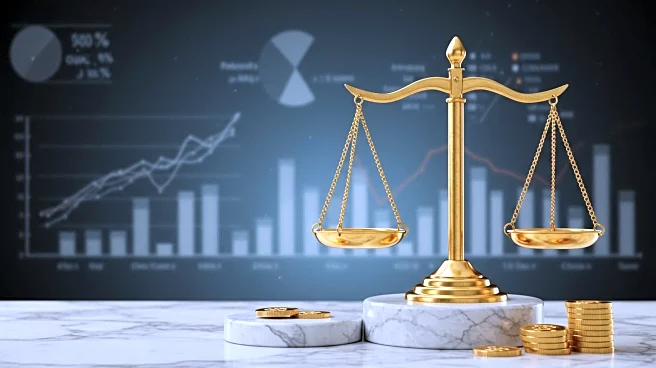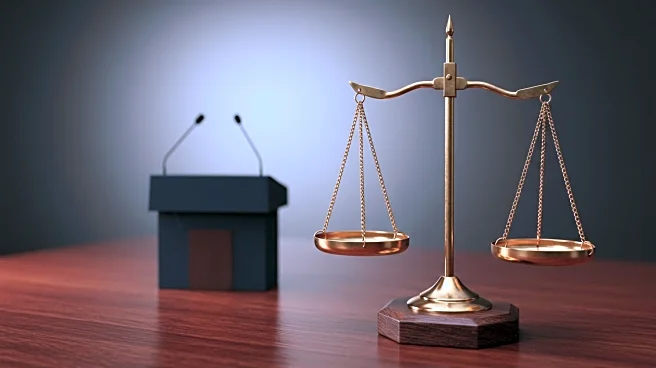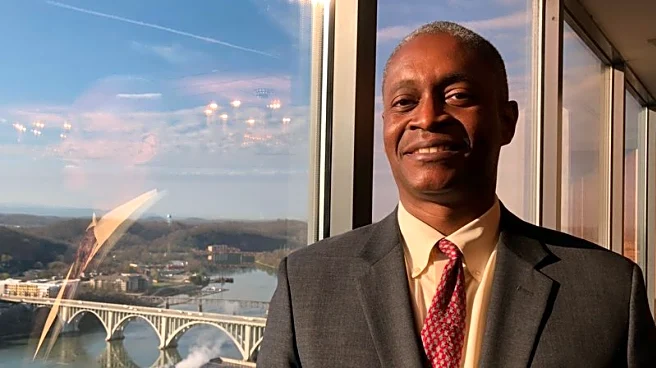What is the story about?
What's Happening?
Federal Reserve Chair Jerome Powell is set to deliver a significant speech at the Jackson Hole economic symposium, amid mounting pressures from President Trump and challenging economic indicators. President Trump has been vocal in his criticism of Powell, urging for interest rate cuts and even threatening his removal. Powell's term as Fed chair concludes in May 2026, making this potentially his final major address in this capacity. The symposium, hosted by the Federal Reserve Bank of Kansas City, is a key event where Fed officials discuss economic and monetary policy trends. Powell is expected to address economic trends but is unlikely to specify the timing of potential interest rate cuts, maintaining the Fed's cautious stance amidst political and economic pressures.
Why It's Important?
The outcome of Powell's speech could have significant implications for U.S. monetary policy and economic stability. Investors and economists closely monitor the Jackson Hole symposium for insights into the Fed's future actions. Powell's balancing act between political pressure from the White House and economic indicators like inflation and job growth is crucial. A decision to cut interest rates could stimulate economic growth but also risk higher inflation. Conversely, maintaining current rates might slow economic momentum. The Fed's dual mandate to maximize employment and stabilize prices adds complexity to Powell's decision-making process, impacting financial markets and the broader economy.
What's Next?
Following Powell's speech, attention will shift to the Federal Open Market Committee's upcoming meeting in September, where interest rate decisions will be made. Key economic data, including the Labor Department's jobs report and the Consumer Price Index, will influence these decisions. Investors are betting on a rate cut, with a high probability of a 0.25 percentage-point reduction. Powell's remarks at Jackson Hole could signal the Fed's openness to such a move, but the final decision will depend on forthcoming economic data and the Fed's assessment of inflationary pressures.
AI Generated Content
Do you find this article useful?












